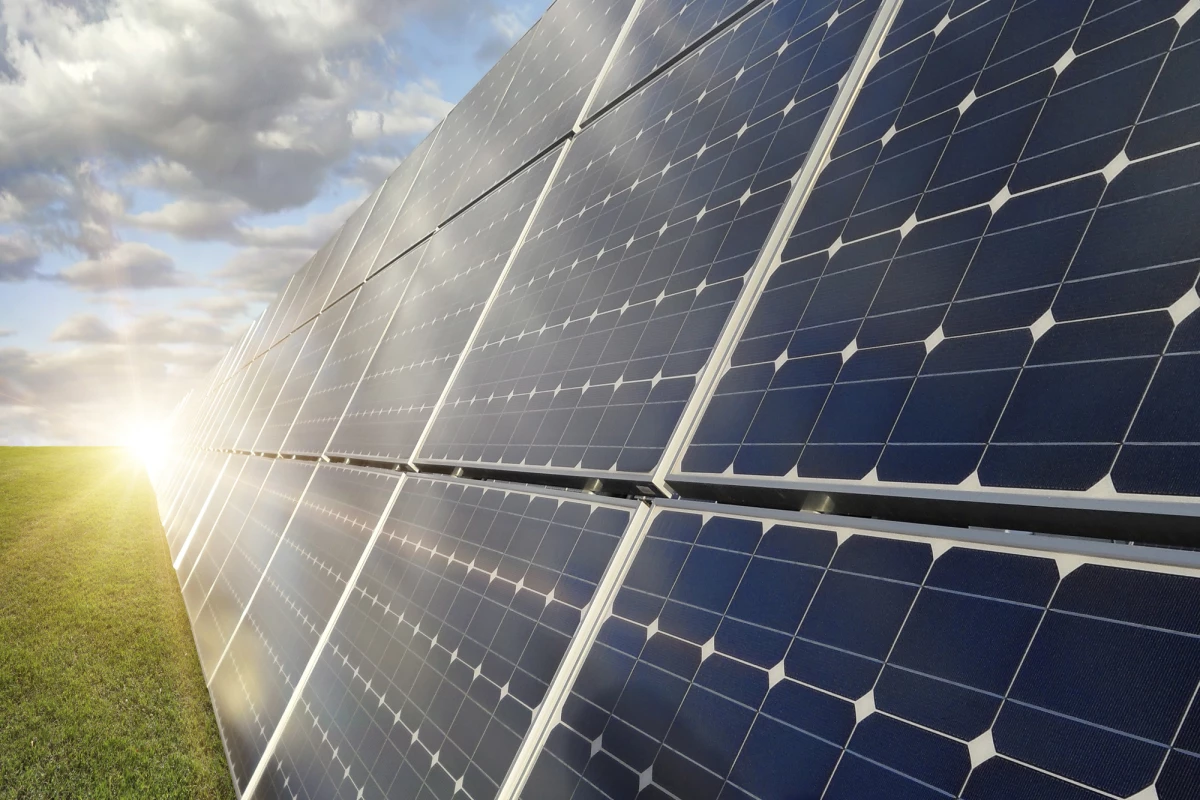Perovskites have emerged as an exciting material when it comes to next-generation solar cells, but they aren’t without their problems. While they promise great leaps in efficiency, keeping all elements of the cell stable and in working order has proven a challenging task. Scientists in Australia have happened upon a solution to one of the key reasons for this, finding that doses of high-intensity light can be used to avoid deformations that normally plague the performance of the cell.
The reason perovskite solar cells are seen as so promising is because of how quickly they have come to rival conventional solar cells in terms of conversion efficiency. Through around 10 years of development, these cells have hit efficiencies of over 20 percent, and even as high as 27.7 percent in tandem designs that incorporate both silicon and perovskite.
This new research focuses on a type of perovskite solar cell that makes use of class of materials called mixed halide perovskites, which offer better tolerance to moisture, UV light and high temperatures than previous designs and have been hailed as a “paradigm shift” in the field of photovoltaics. But mixed halide perovskites aren’t without their stability issues either, often encountering what’s known as light-induced phase segregation.
This occurs when light, including sunlight, hits the cell and disfigures its delicately arranged elements. This in turn compromises the ability of the cell to absorb light and therefore also its performance. Given the potential of mixed halide perovskites, a lot of effort has gone into understanding the causes for this light-induced phase segregation, along with potential solutions. And it just so happens that the team behind this new breakthrough may have found one by accident.
“It was one of those unusual discoveries that you sometimes hear about in science,” says study author Chris Hall from the University of Melbourne. “We were performing a measurement, looking for something else, and then we came across this process that at the time seemed quite strange. However, we quickly realized it was an important observation.”
What the team found was that by subjecting the mixed halide perovskite cell to doses of high-intensity light, they could neutralize strains that would normally be placed on its underlying ionic lattice structure. Instead of these strains triggering the segregation of the key elements, the high-intensity light instead caused them to merge together, avoiding the fatal deformations altogether.
“On a normal sunny day, the intensity is so low that these deformations are still localized,” explains co-author Dr Stefano Bernardi from the University of Sydney. “But if you find a way to increase the excitation above a certain threshold, for example by using a solar concentrator, then segregation disappears.”
How exactly this functionality could be incorporated into a perovskite solar cell remains to be seen, but the researchers describe the findings as significant, and believe the hard work is now behind them.
“We’ve done the fundamental work and the next step is to put it into a device,” says Hall.
The research was published in the journal Nature Materials.




